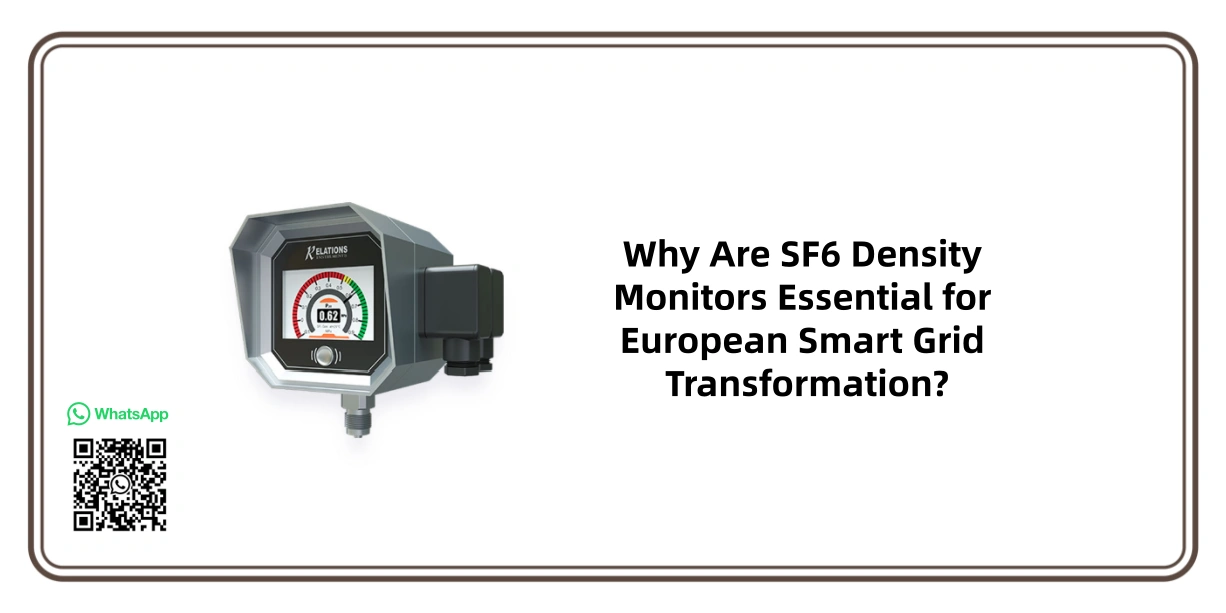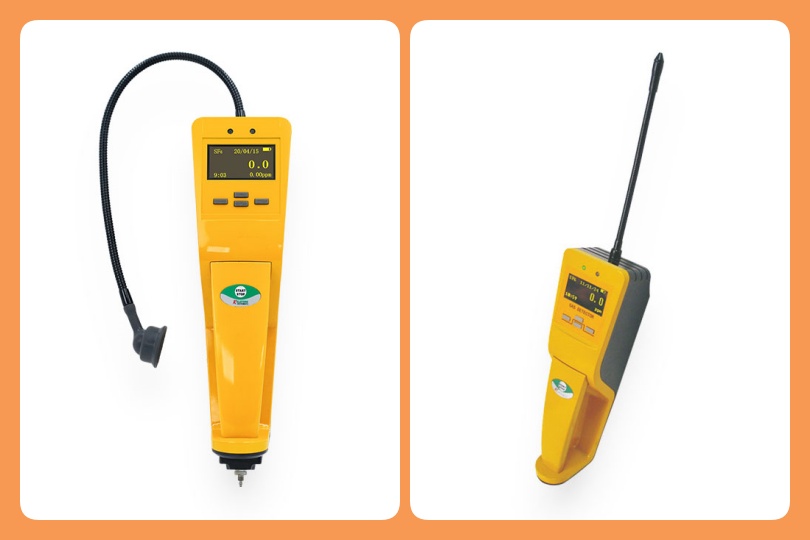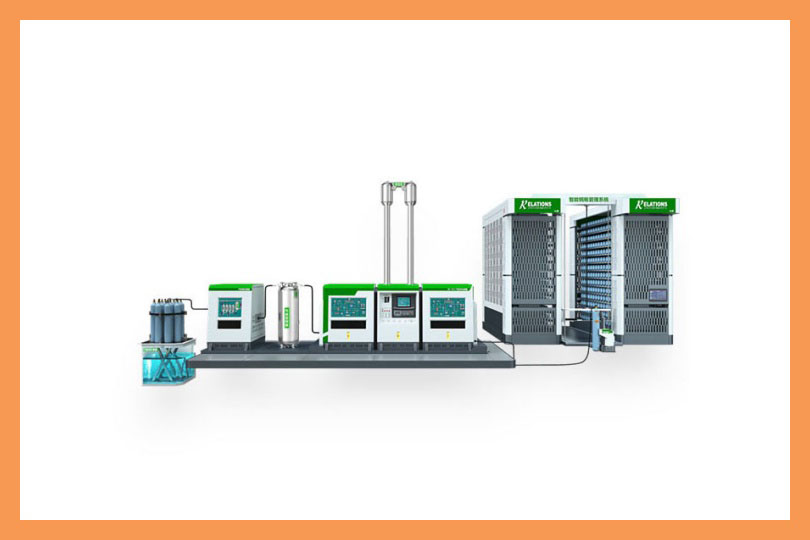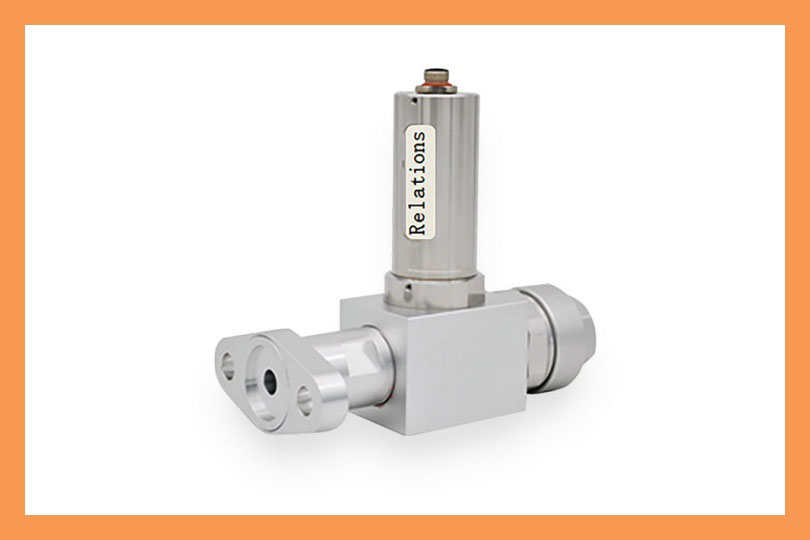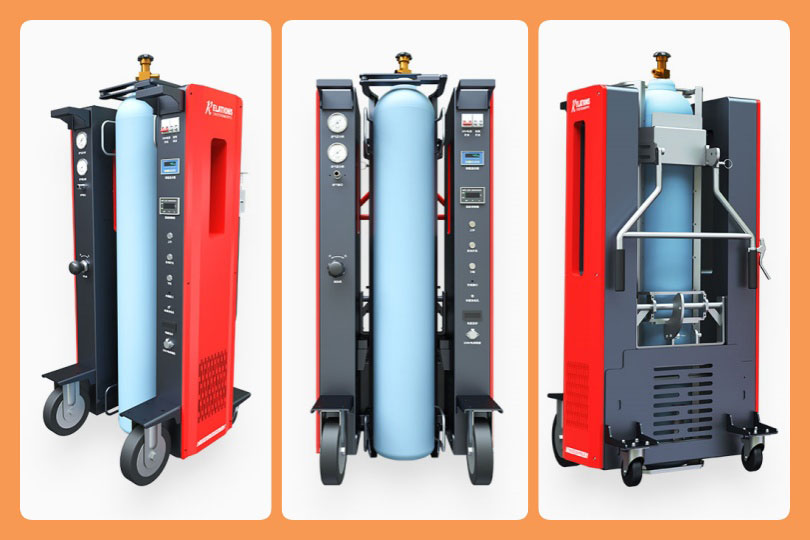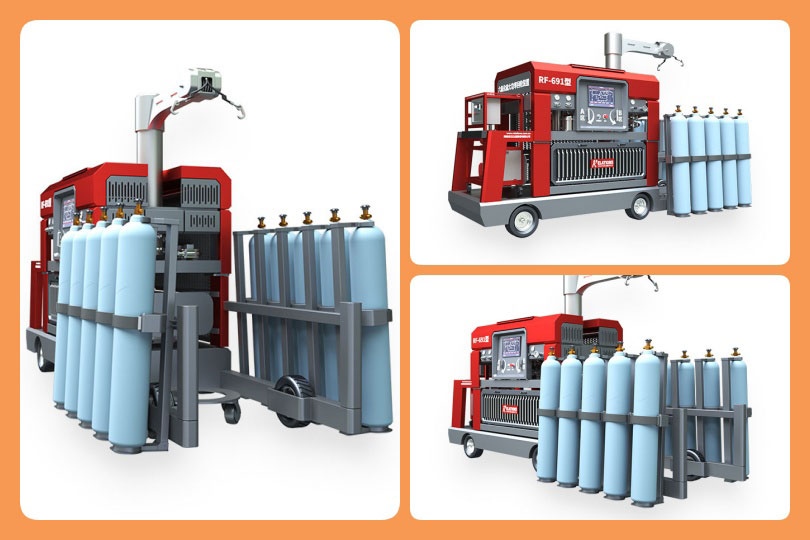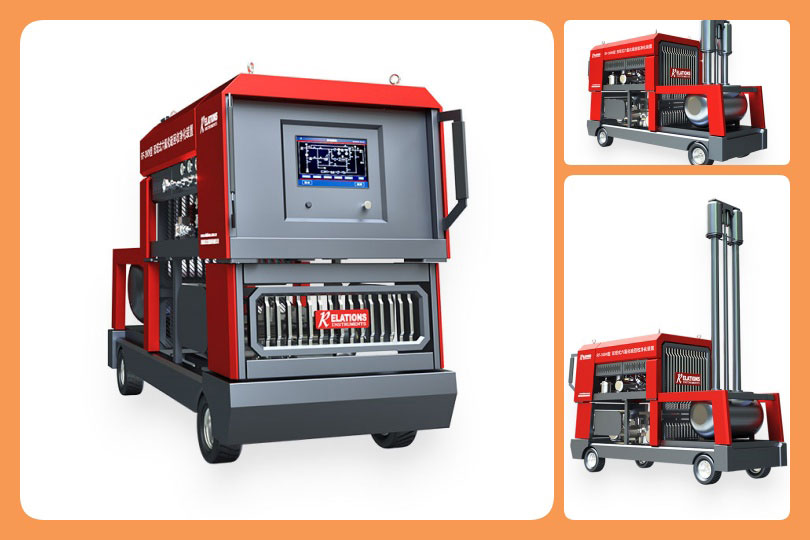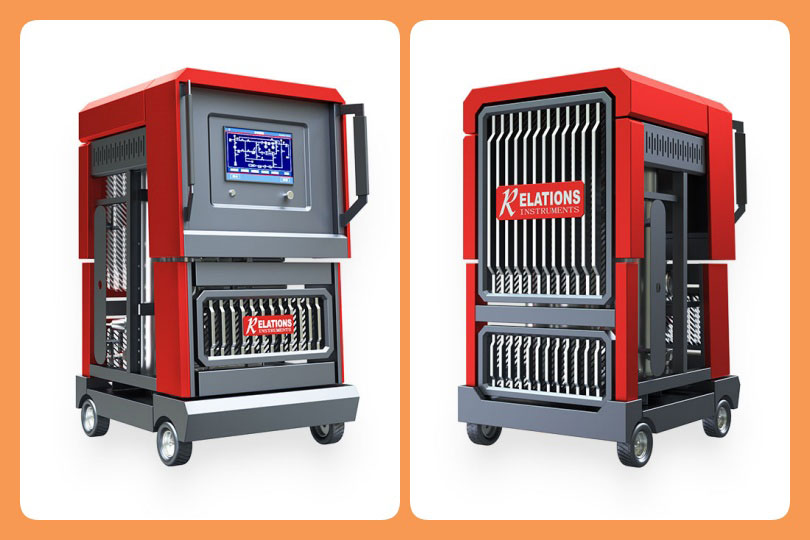Why Are SF6 Density Monitors Essential for European Smart Grid Transformation?
Date
2025-09-30
[email protected]
Website
www.sf6gasdetector.com
Get Solutions And Quotes
Why Are SF6 Density Monitors Essential for European Smart Grid Transformation?
The European Union’s (EU) commitment to carbon neutrality by 2050 and 42.5% renewable energy integration by 2030 has accelerated the transformation of its power grid into a more intelligent, efficient, and sustainable system. At the core of this transition lies the need for reliable infrastructure—especially gas-insulated switchgear (GIS), which relies on sulfur hexafluoride (SF6) for its exceptional insulating and arc-quenching properties. However, SF6 is a potent greenhouse gas (GHG) with a global warming potential (GWP) 23,500 times that of CO₂ over 100 years. This makes SF6 density monitors for European smart grid transformation not just a technical necessity, but a key tool for balancing grid reliability and environmental goals.
Why European Smart Grids Depend on SF6 Density Monitoring
European smart grids face unique challenges: aging infrastructure (over 40% of EU transmission lines are over 30 years old), variable renewable energy (VRE) sources like wind and solar, and strict GHG emission regulations (e.g., the EU Emissions Trading System). GIS equipment, which uses SF6 to minimize space and enhance safety, is widely deployed in urban and offshore grid projects—yet SF6 leakage (even at 0.1% per year) undermines both grid performance and sustainability.
SF6 density monitors address this gap by providing real-time, accurate data on SF6 gas density, pressure, and temperature within GIS. Unlike traditional manual inspections (which are time-consuming and prone to human error), modern monitors integrate IoT connectivity, enabling remote monitoring and data transmission to smart grid control centers. This aligns with the EU’s “Digital Europe Programme,” which mandates digitized grid management to improve resilience and reduce operational costs. For example, in Germany’s offshore wind grid connections—critical for integrating North Sea wind power—SF6 density monitors ensure GIS stability by alerting operators to density drops before they cause equipment failure, preventing costly power outages.
Key Features of SF6 Density Monitors for European Grid Compliance
To meet European smart grid standards, SF6 density monitors must adhere to strict technical and regulatory requirements:
- Compliance with IEC 61850: The global standard for communication in smart grids, ensuring seamless integration with European grid management systems (e.g., SCADA).
- Leakage detection sensitivity: EU regulations (such as Regulation (EU) 2014/517 on F-gases) require monitors to detect leaks as low as 0.05% per year, minimizing SF6 emissions.
- Energy efficiency: Low-power designs (often using battery or solar power) support remote, off-grid deployments—essential for rural or offshore European grids.
- Data analytics integration: Advanced models use monitor data to predict SF6 leakage trends, enabling predictive maintenance. This reduces downtime by up to 30%, according to a 2024 study by the European Network of Transmission System Operators (ENTSO-E).
Real-World Impact: SF6 Monitors in European Smart Grid Projects
Several EU initiatives highlight the value of SF6 density monitors for European smart grid transformation:
- France’s RTE Grid Modernization: Réseau de Transport d’Électricité (RTE) has installed over 2,000 SF6 density monitors across its GIS fleet, cutting SF6 emissions by 18% since 2020 and improving grid uptime to 99.98%.
- Sweden’s Smart Cities Programme: In Stockholm’s urban smart grid, monitors integrate with digital twins of GIS equipment, allowing operators to simulate SF6 behavior under variable load conditions (e.g., peak solar generation), optimizing both reliability and sustainability.
Future Trends: SF6 Monitors and the Next Phase of Grid Transformation
As European smart grids evolve, SF6 density monitors will become more intelligent. AI-driven predictive maintenance, integration with blockchain for emission tracking (to comply with EU carbon accounting rules), and compatibility with low-GWP SF6 alternatives (e.g., perfluoronitriles) will shape the next generation of monitors. This evolution ensures that SF6 density monitors remain a cornerstone of the EU’s goal to build a “climate-neutral, fully digitalized energy system” by 2030.
In conclusion, SF6 density monitors for European smart grid transformation bridge technical reliability and environmental responsibility. By enabling real-time monitoring, compliance with strict regulations, and integration with digital grid systems, these devices are not just components—they are enablers of a more sustainable, resilient European energy future.
